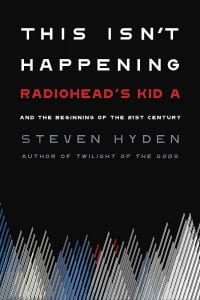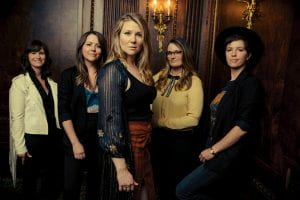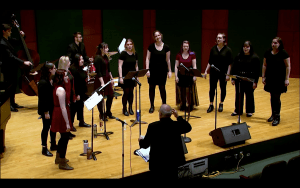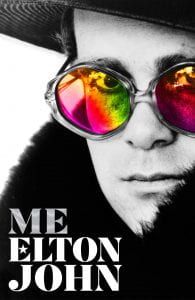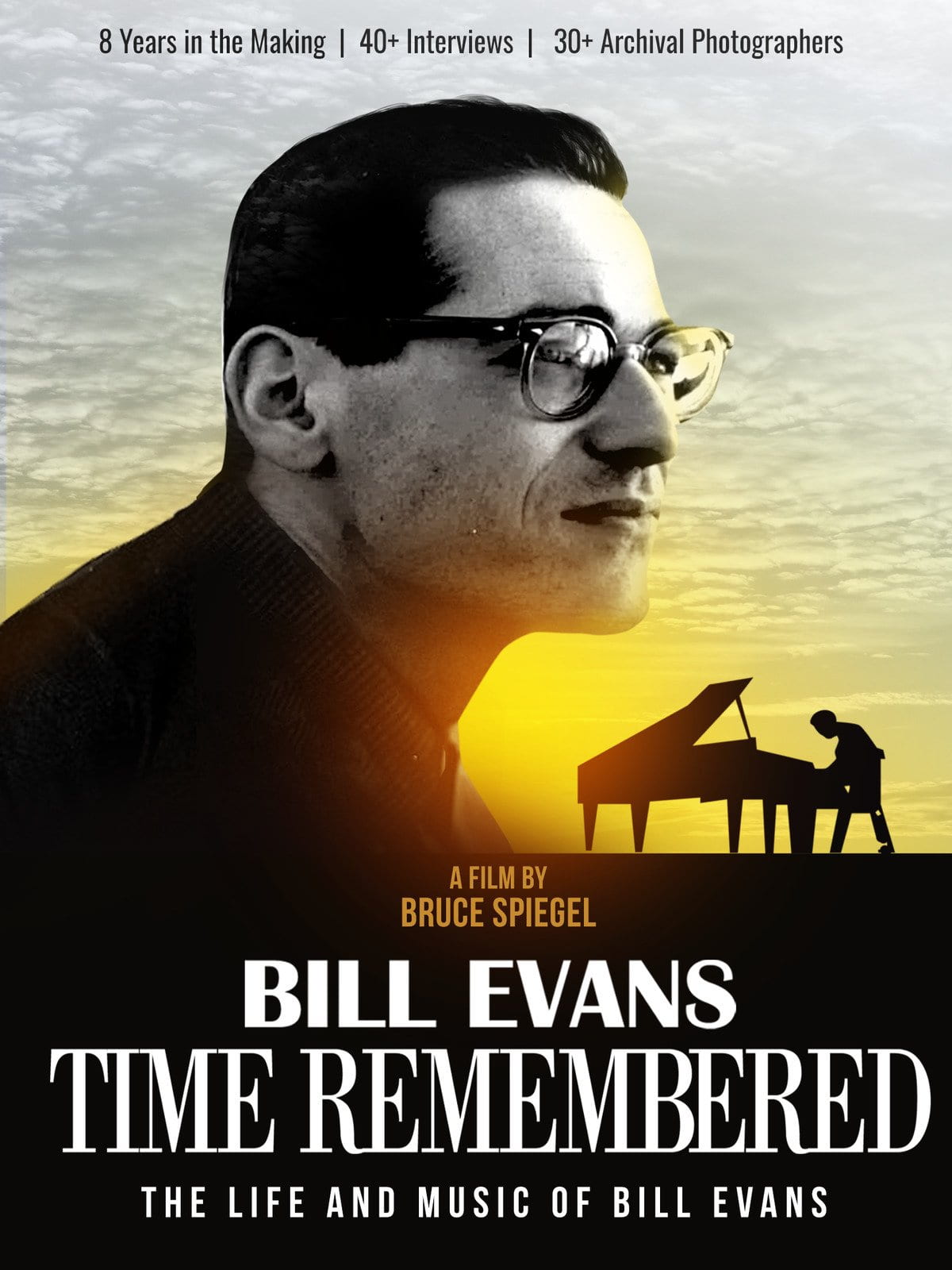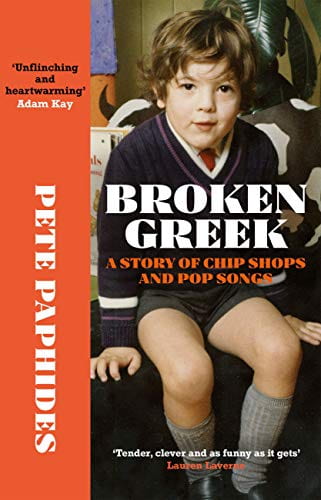In his new book, This Isn’t Happening: Radiohead’s “Kid A” and the Beginning of the 21st Century, author Steven Hyden celebrates and reminisces on the cultural impact of the legendary album
Radiohead’s groundbreaking album Kid A turned 20 this October, and much has been written about it, from the radical reviews published the week it came out, to the best of the decade lists it topped. It now lives high up on many lists of the greatest albums of all time, and its birthday was an excuse for fans and critics to write hundreds of articles and opinions about its impact and legacy. With This Isn’t Happening though, Stephen Hyden has written the cardinal text for the album that has meant so much to so many. Following a prologue, begins with author Stephen Hyden describing the scene before a Radiohead concert following the success of their album OK Computer. The passage details two breakdowns that lead singer Thom Yorke had before and after the show, and how they went on to inspire the album as a whole, and crucial lyrical moments. While surrounded by fans on a train, we enter Yorke’s head, as he tells himself “I’m not here, this isn’t happening,” lyrics which would become the center of one of the albums most impressive tracks, “How to Disappear Completely.” This combined insight into the meaning behind one of the lyrics of the album and the headspace of Yorke comes early into the book and establishes a running theme: that the story of Kid A is the story of Thom Yorke and the times he was living through. As such, the book works to weave context in with stories about the band and each of its members, and explains how they were connected. Though it sometimes leans too heavily into discussing context that doesn’t add much to the narrative, most of the points raised illuminate important details about Kid A and help the reader understand what makes it so important. For someone who is already a fan, the book contains anecdotes and facts to further deepen their love for the album, and the band.
Split into three sections: “Before Kid A,” “During Kid A,” and “After Kid A,” This Isn’t Happening dives headfirst into every detail surrounding the album, its production, and its impact. It is filled with quotes from interviews and analysis from Hyden on the instruments, studios, personnel, and inspirations that led to the album’s creation, while being equally devoted to recounting the social and political climate of the time. Pop culture and politics are treated with similar importance, because they were both key to understanding what Kid A could be about, and why the album sounds the way it does. The anxieties of the internet age and Y2K are repeatedly compared to the lyrics, and the description of the album as relating to our post-9/11 surveillance state is explored. Hyden also gives a lot of time to his own experiences, telling stories of what Radiohead has meant to him throughout his life and how that meaning has evolved. Amnesiac, a second album of songs recorded during the Kid A sessions that was released the next year, is given shine as well.
The insight given into the process of the creation of Kid A is enlightening, exciting, and often inspirational. The book tracks the years of writer’s block that the band faced, their conflicts and near breakup, and the ultimate inspiration that led to a burst of creativity, resulting in two albums worth of material. It theorizes about the possible meanings of cryptic lyrics, and explains the overarching meanings behind more well known ones (“yesterday I woke up sucking a lemon” is referenced often). Deep dives into the methods used by Yorke and his fellow bandmates to write and record the album are balanced by sweeping analysis of the music scene at the time of the album’s release. Putting Kid A in context against the nu metal and britpop of the time, along with previous releases from the band itself, works to place the reader in the headspace of someone experiencing the release of the album for the first time.
Most of the heavy lifting in this area though, comes from Hyden retelling his experiences growing up a Radiohead superfan. Large sections of the book are as much about the author as they are the band, with Hyden recounting his time listening to early Radiohead albums, downloading bootlegs, and hearing Kid A for the first time, along with many other stories that give the reader a glimpse into how the album was received by someone passionate about music, but not yet writing about it for a living. OK Computer and Kid A came out when Hyden was at the age where music discovery is most impactful on a person. During those teenage to young adult years, the music one discovers feels like it’s the most important art in the world, speaking to feelings and experiences that nobody else understands. Through this lens, the window into Hyden’s experiences is invaluable to someone who wants to understand the true impact of Kid A. Though many can write about sonic followers and disciples of the band, firsthand subjective experience elicits a more emotional response that carries throughout the book.
An interesting element for those interested in music criticism is the large section devoted to recounting the reviews given to the album. Reading the critical reception towards Kid A is not only useful for understanding the impact of the album, it’s also entertaining. From the famed Pitchfork review that declared listening to Kid A akin to “witnessing the stillborn birth of a child while simultaneously having the opportunity to see her play in the afterlife on Imax,” to Mark Beaumont’s description of the album as “tubby, ostentatious, self-congratulatory, look-ma-I-can-suck-my-own-cock whiny old rubbish,” the critical response to the album is deserving of its spotlight. It also plays against the fact that the book itself is a critical response, giving Hyden the advantage of hindsight to be able to explore how Kid A’s influence extended even to birthing a new establishment in music criticism.
The “Before Kid A” and “During Kid A” sections of the book were the most interesting, but as the book went on it fell into some issues with length and content choice. Context of other popular bands of the time is of course useful, but the pages given to recounting the career of Linkin Park didn’t add enough to the understanding of Radiohead to warrant the space they took up. The deep dives into Radiohead’s career after the album also went on too long, especially once the general conceit became that their work was less interesting than what they were putting out at their creative peaks. By the end, the book becomes much more about Radiohead than about Kid A, which isn’t nearly as interesting given that the amount of time dedicated to understanding or at least touching on every detail of the album takes away from the specificity than can be given to the rest of the discography.
The main distraction though becomes how much Hyden makes the book about himself. For much of the book, his stories and opinions humanize what could have otherwise been a long research paper. His stories of listening to bootlegs and watching concerts transport the reader back to the year 2000, completely immersing them in the head of a superfan. Moments though, such as the subsection of the book entirely dedicated to Hyden’s opinion on how a combined Kid A and Amnesiac record should be sequenced, with long justifications for every choice, don’t teach the reader anything interesting. It’s a perfect prompt for fans to debate endlessly, but doesn’t work as a one-sided lecture. It would have been much more interesting to hear more about why each album’s songs ended up in their respective places, research that would have fit well next to the rest of the material, rather than a tracklist for the non-existent Kid Amnesiac, which read more like a Reddit post.
These issues, just like the rest of the book, spawn from Hyden’s love of Radiohead, and his desire to share that appreciation with the world. As such, these moments don’t come off as arrogant, but rather as a passionate fan getting a little carried away. Anyone who loves an artist or band this much can relate to that feeling and would gain further appreciation for Radiohead from reading this book. For fans of the band of course, This Isn’t Happening is a must read, even if only to relive the moments where Radiohead operated at their creative peak. Looking back on a classic album is a staple of music journalism, but providing interesting criticism and adding a unique perspective to an album while heaping reverence upon it is difficult. Hyden takes a que from Kid A, and successfully writes from a place of passion, exploring themes he cares about through entertaining stories that draw his readers in like the haunting opening notes to “Everything in its Right Place.” Once I finished the book, I complimented it with my most enjoyable listen yet of the album that inspired it. It remains as deserving of celebration today as it was when it came out twenty years ago. The pages of This Isn’t Happening are the perfect place to go for those who want to celebrate.
